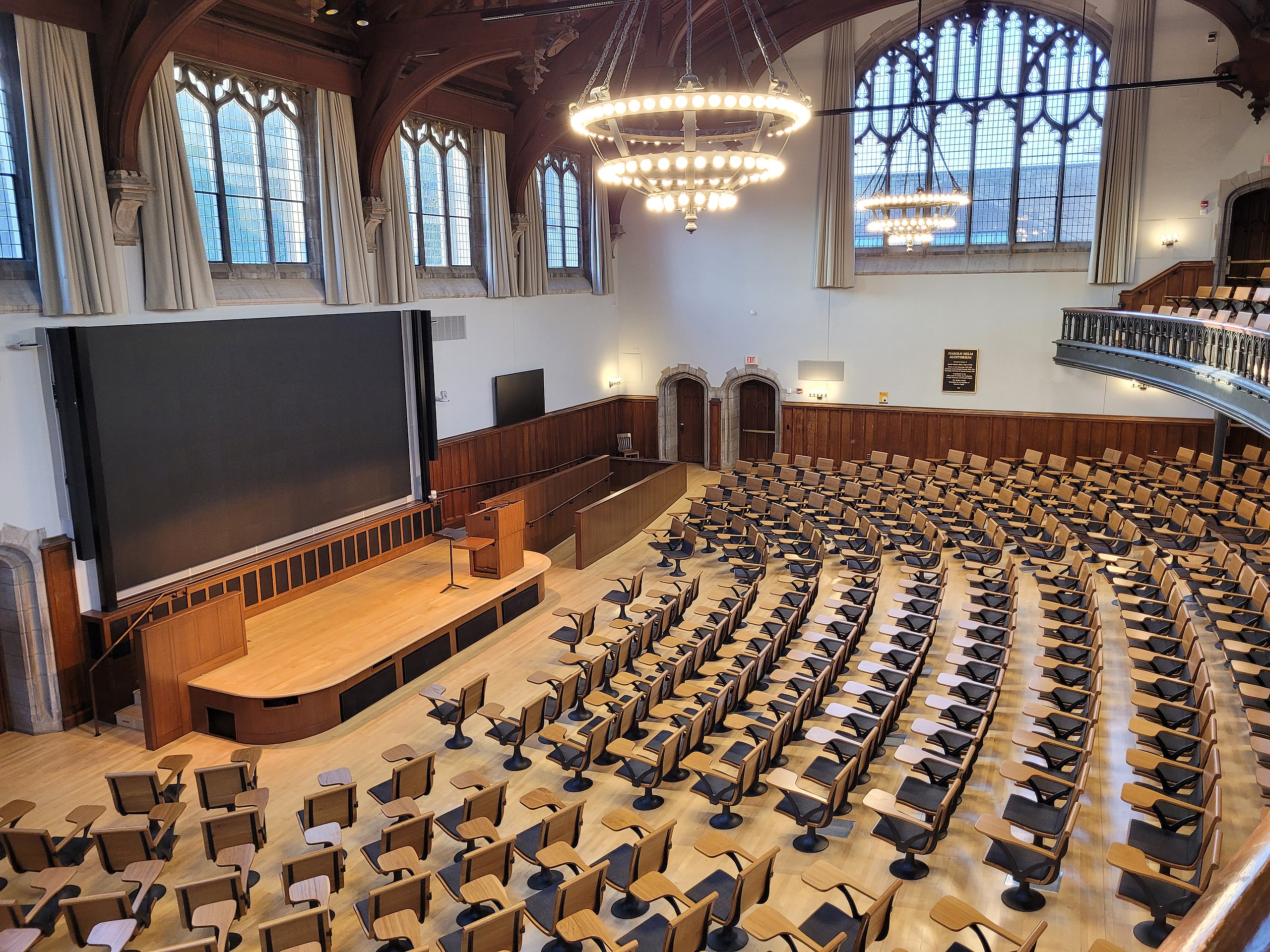
One of the questions that I get asked most frequently as a Princeton student when mentoring others through the college application process is:
"How do Princeton students study?"
After all, Princeton’s classes are notoriously difficult, yet somehow students still manage to excel even while balancing a long list of extracurricular activities and outside internships.
In this blog post we will give you the inside scoop on some study strategies that make Princeton students successful, as well as bust some of the most common myths about study habits at the Ivy League level.
Work smarter, not harder
Myth: The students who closely read/study every page of the assigned material will be the most successful.
Study Secret: Learning to quickly skim material and pull out relevant themes is critical.
If it is a liberal arts/discussion-based class, be sure to analyze 1-2 specific points from the material on which you can then write or discuss during class.
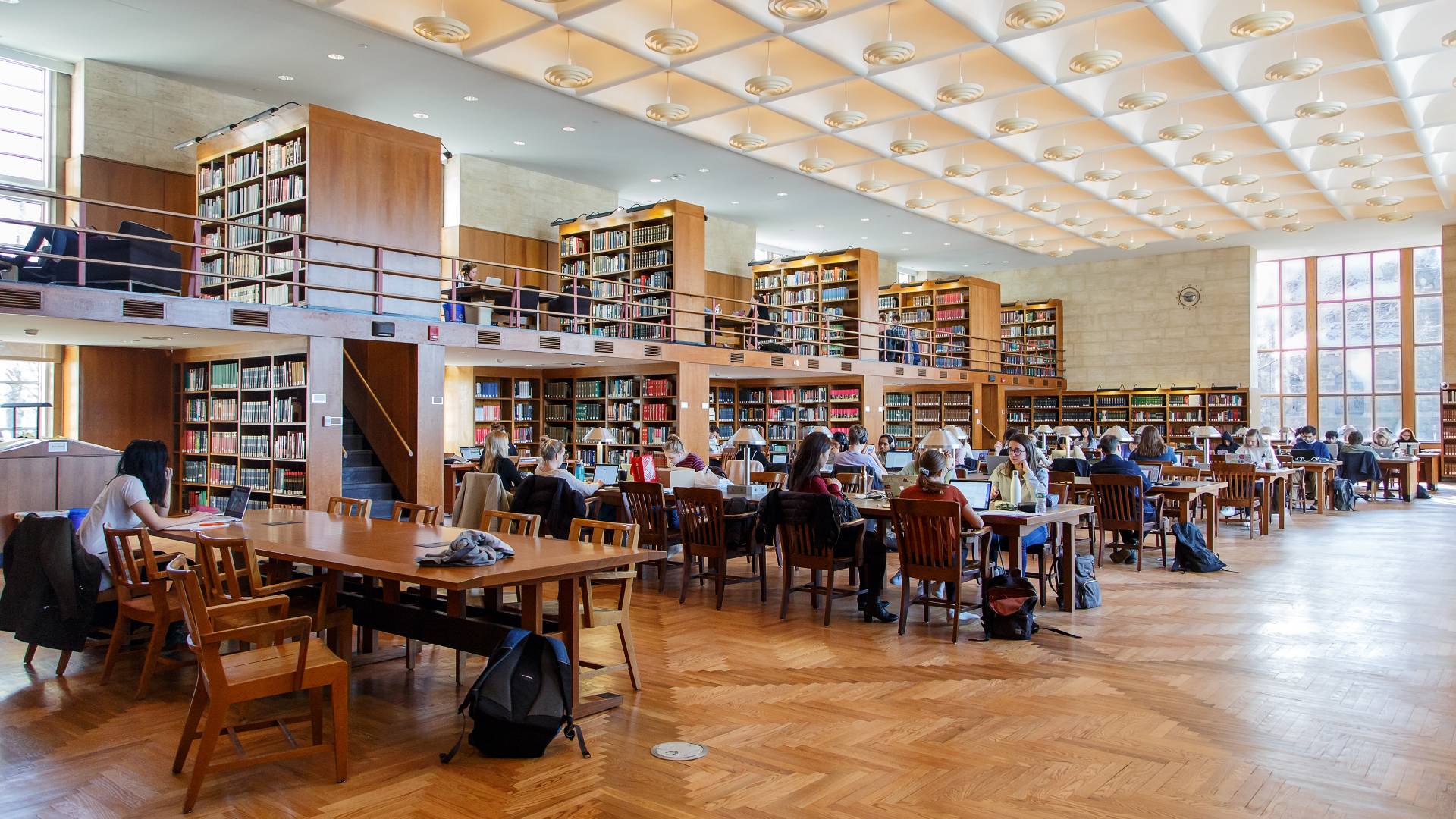 Firestone Library Reading Room where most students spend the days leading up to their midterm exams.
Firestone Library Reading Room where most students spend the days leading up to their midterm exams.
As a freshman at Princeton I remember thinking that the study habits that had served me well in high school - rigorous note taking from the textbook, hours spent reading and rereading chapters of the assignment, etc. - would serve me well in college.
It was during my first midterms week that I discovered how wrong I was.
It was approaching midnight and I still had over 100 pages of reading left to complete before my history exam the next day.
I had not been procrastinating and had been diligently reading in the library for what felt like eternity...So how was I still this far behind?
That's when an older teammate of mine let me in on a little secret - most professors at Princeton assign so much reading it's actually impossible to complete it all.
The people that thrive are not the ones who take the most elaborate notes, but rather can quickly skim a breadth of information and catch the main themes, then drill down into one or two areas of detail which they can then elaborate on in discussions.
Time is not just money - it's motivation
Myth: Spending the most time in the library will get you the best results.
Study Secret: Breaking your study time into smaller chunks can help you accomplish more in a shorter amount of time.

The second thing I learned about successful study habits at Princeton was that I could be just as efficient with studying in two hours as I usually could be in four if I was really motivated to be able to go out for the evening afterwards.
Even if you do not have evening plans you are dying to follow through on, you can still utilize the motivational power of time-constraints by breaking your day down into intentional time blocks.
For example, if you know it will take you roughly 6 hours to complete your essay, you can break that down into more manageable 40 minute chunks and map out your day with a mix of studying and fun study breaks.
Many students I know like to use the Pomodoro Technique, which uses 25 minute work stretches followed by a five minute break.
By mapping out your day this way you will nt only be able to set aside enough time to accomplish your goals, but can predict roughly when you will be done, which can often provide a light at the end of the tunnel.
Tailoring your approach
Myth: All studying is the same, and the library is always where it happens.
Study Secret: Different types of study (e.g. deep focus v. memorization) may be better for you for different environments and subjects.
 Small World Coffee Shop - a popular study spot for Princeton University seniors working on their thesis writing.
Small World Coffee Shop - a popular study spot for Princeton University seniors working on their thesis writing.
Another study hack I learned at Princeton is the importance of understanding the type of studying you are doing, and focusing your efforts on what works best for that particular category of work.
For example, you may need a quiet environment for deep focus when writing an essay but could easily work with friends when memorizing French vocab.
Understanding the type of environment you need and whether or not you can be around other people for the type of studying you anticipate doing will help you set yourself up for success and avoid wasted time.



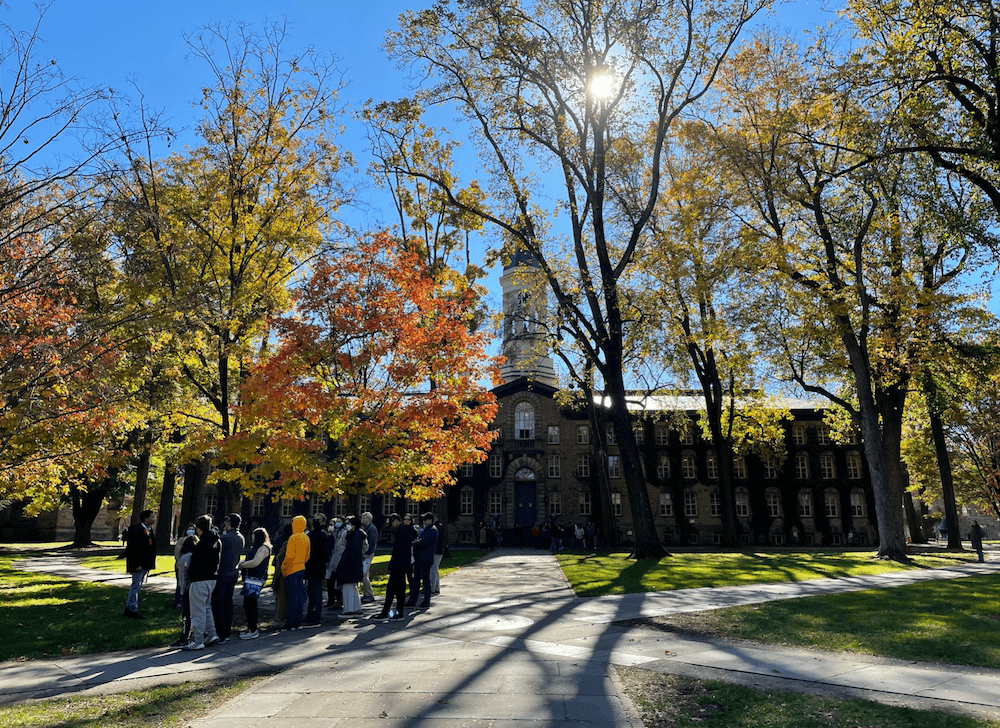 A tour group outside of the famous Nassau Hall
A tour group outside of the famous Nassau Hall
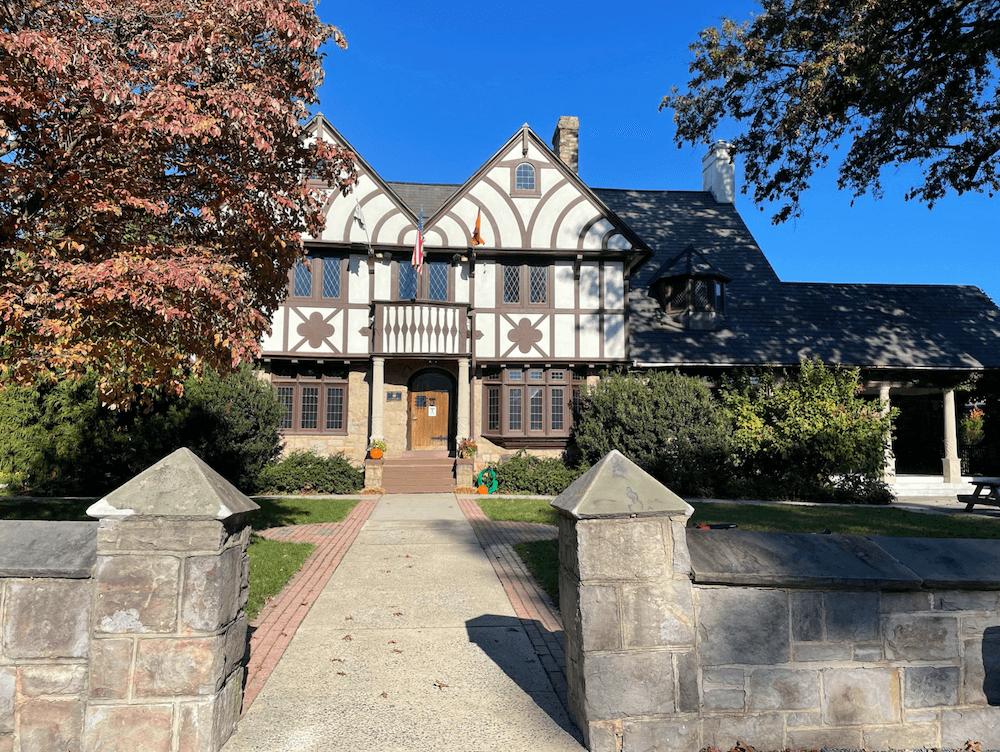 The front of the Tiger Inn eating club
The front of the Tiger Inn eating club
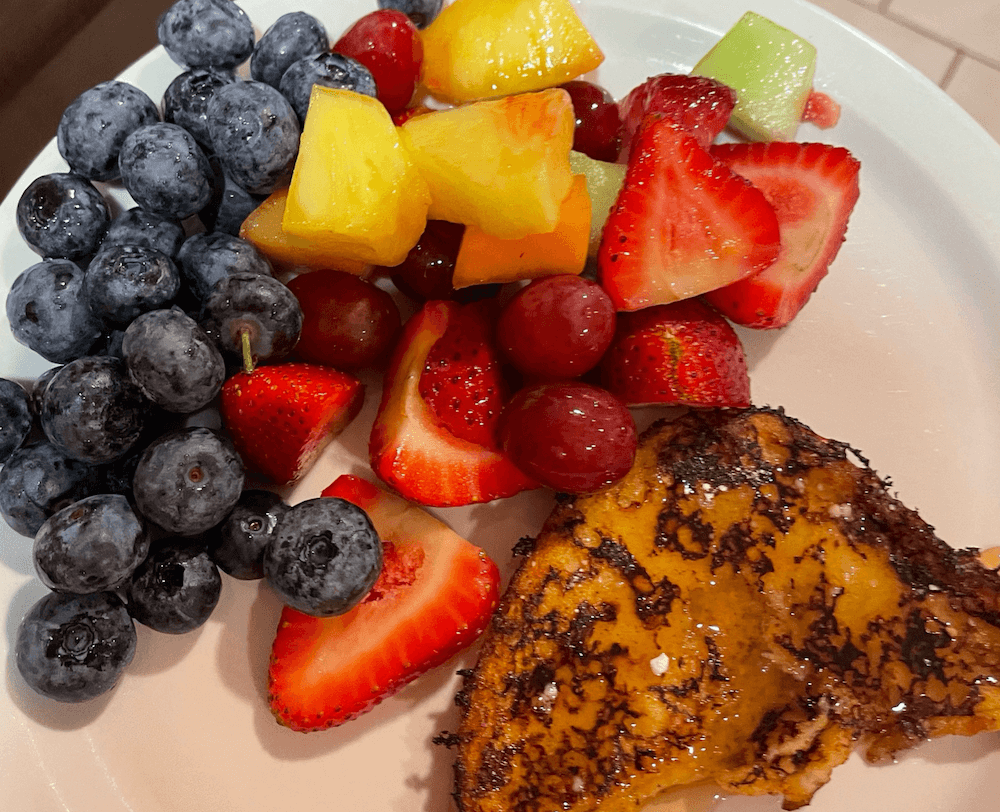 Breakfast is the most important meal of the day!
Breakfast is the most important meal of the day!
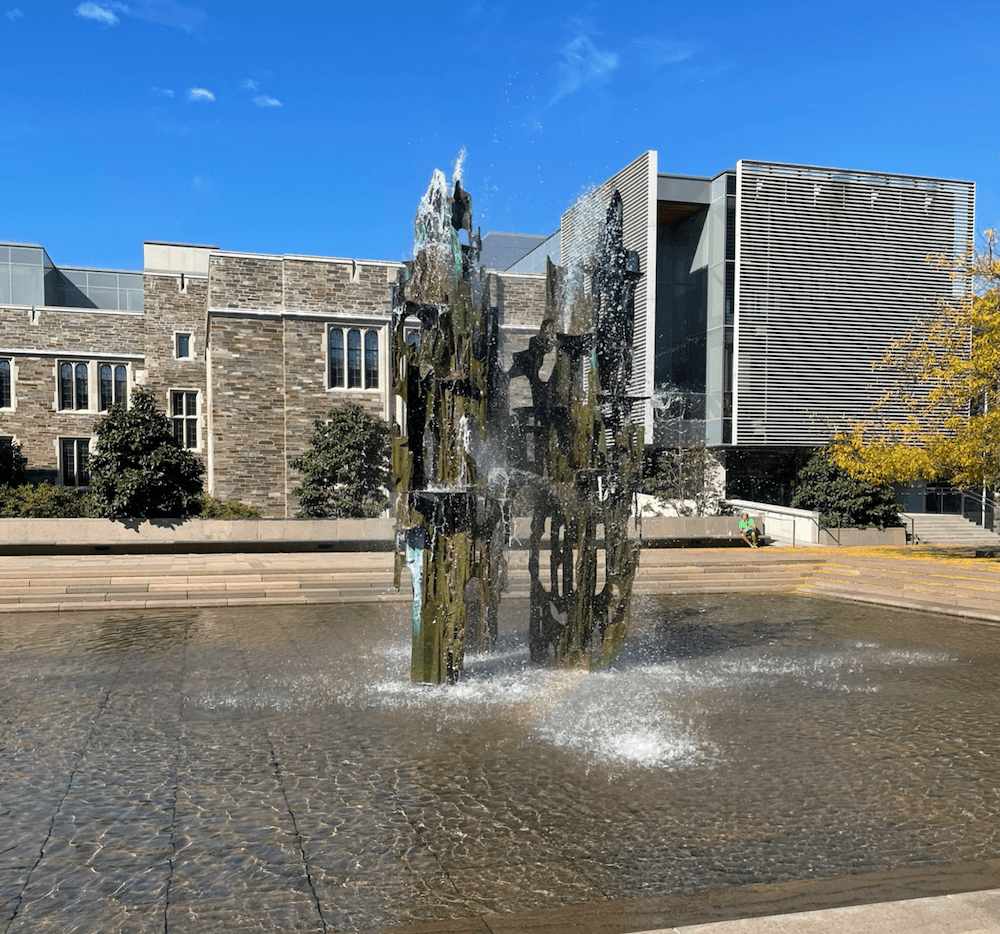 A picture of SPIA fountain
A picture of SPIA fountain
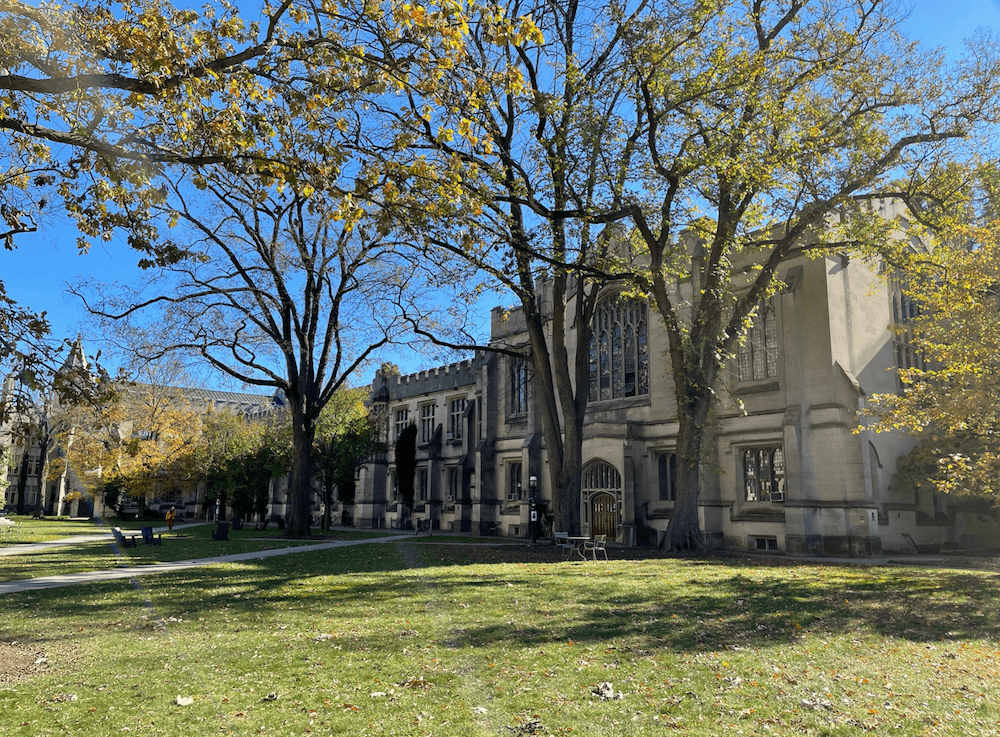 McCosh Lecture Hall, not to be confused with McCosh Health Center
McCosh Lecture Hall, not to be confused with McCosh Health Center
 Line for coffee at Small World
Line for coffee at Small World
 FitzRandolph gates
FitzRandolph gates
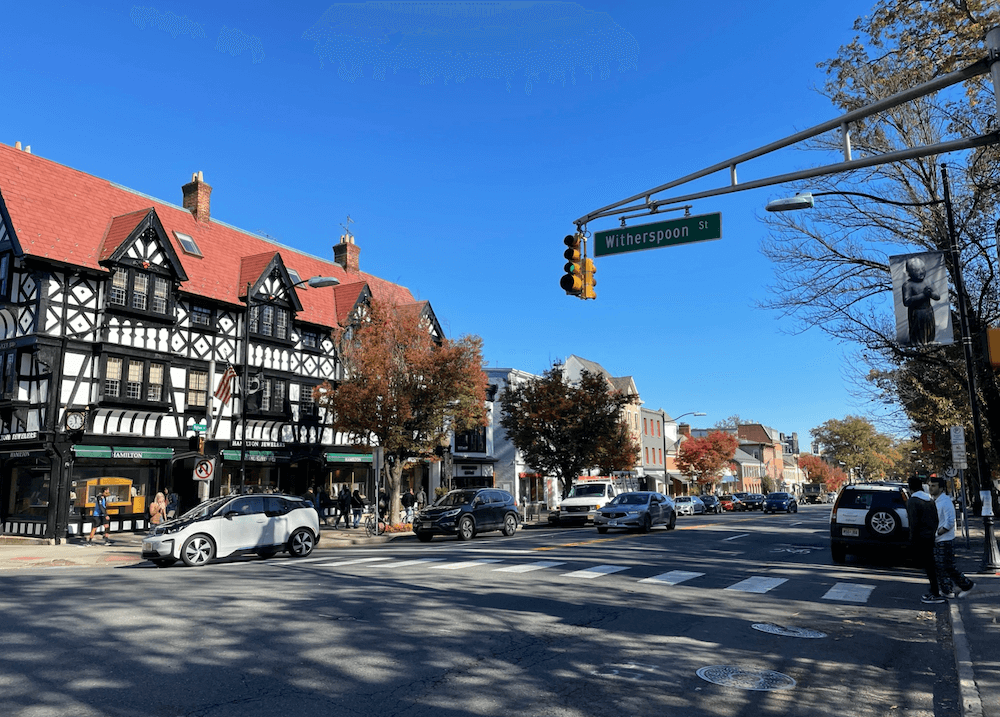 A view of Nassau Street
A view of Nassau Street
 A glimpse inside Firestone Library
A glimpse inside Firestone Library
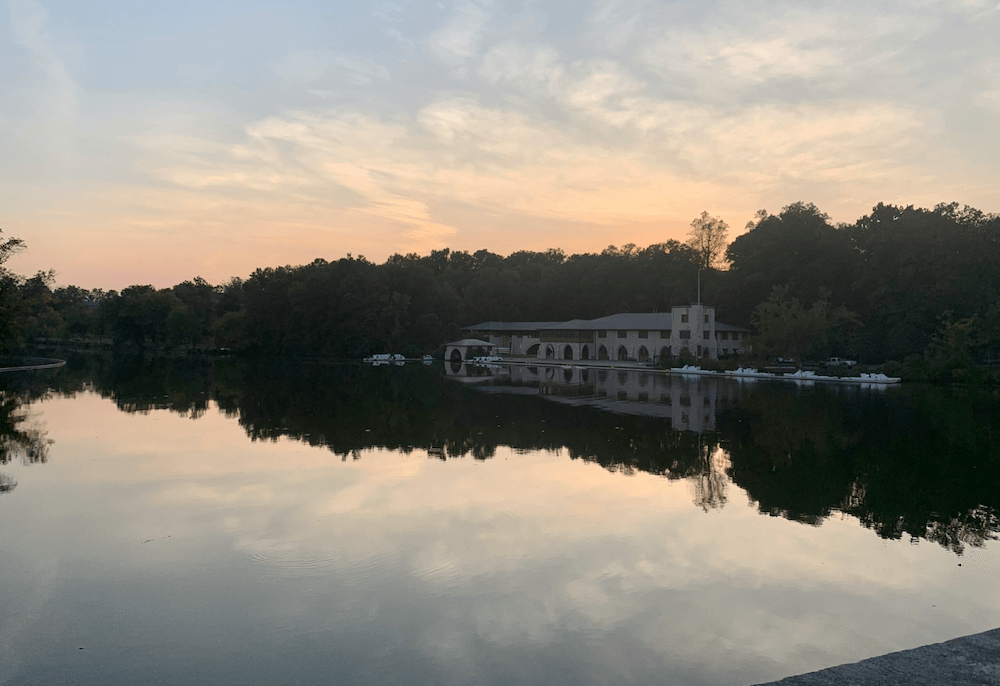 Shea Rowing Center
Shea Rowing Center
 An AIA meeting
An AIA meeting